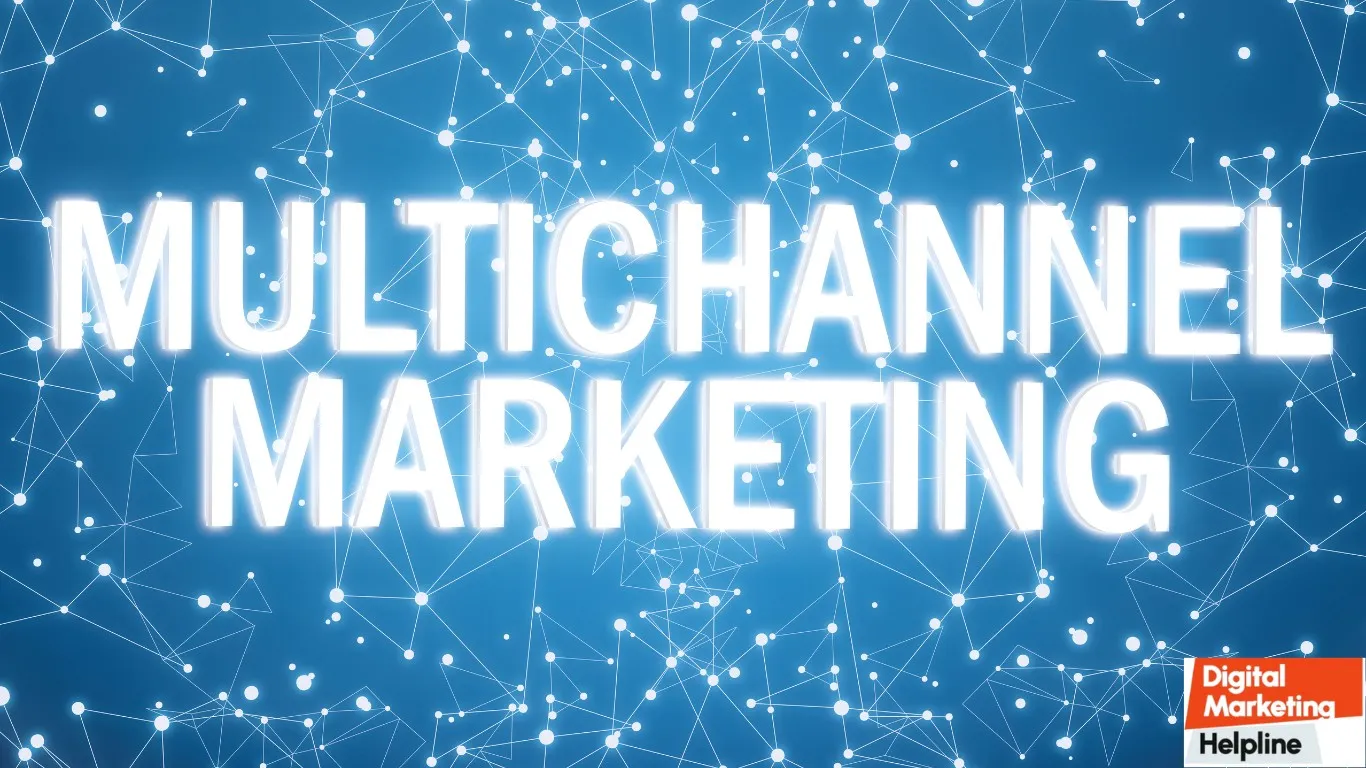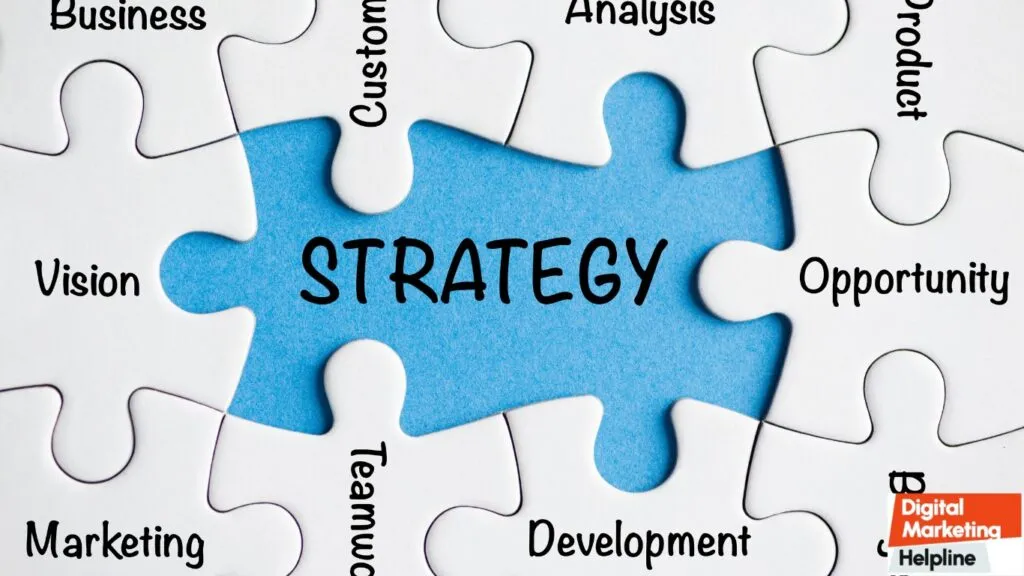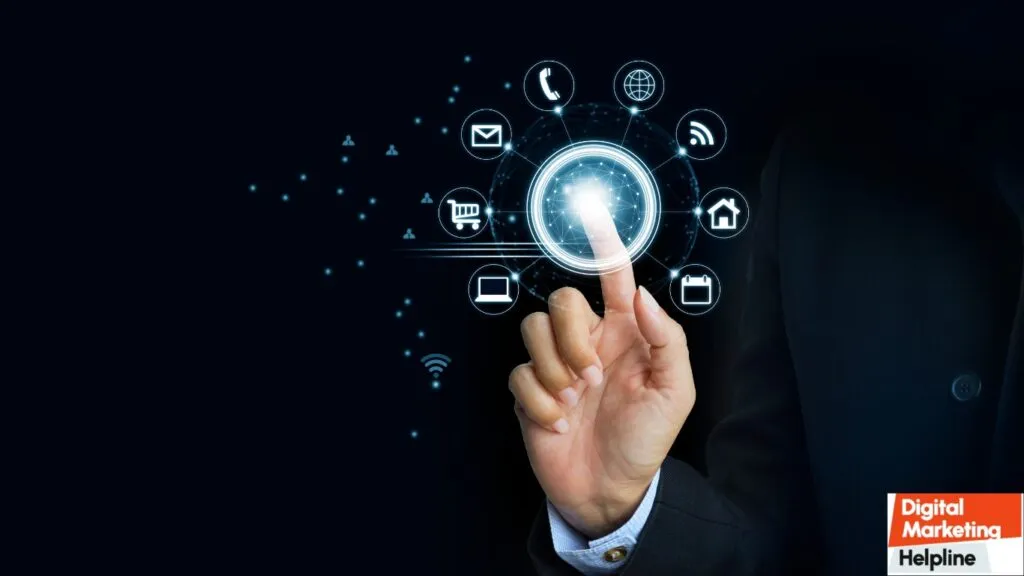Multi-channel marketing strategies

Introduction
In today’s fast-paced digital space, businesses always look for ways to expand their reach and engage with their audience. The emergence of multi-channel marketing presents itself as the go-to option to accomplish the above. So, what exactly is multichannel marketing and why should you give a two-hoot about it? Let us take you through the exciting multichannel marketing world and provide practical strategies executed in 2024.
Understanding Multichannel Marketing Strategies
Multichannel marketing is a strategic concept that incorporates the use of several digital channels to interact with customers. In a fast-paced digital universe, customers have become interconnected with brands through different touchpoints, such as websites, social media platforms, email efforts, and mobile applications. But why is multichannel marketing important for businesses? Let’s find out:
Customer Behavior
Incredibly, customers do not follow a linear routine in their purchase route. Instead, customers research, compare and gain information on several channels before purchasing. Consequently, multichannel marketing supports this fact, providing a consistent message.
STATISTICS
Did you know?
- 95% of customers use multiple channels during their purchase decision-making process.
- Companies utilizing multichannel marketing have a 3x increase in customer engagement.
- 72% of customers expect personalized experiences across different channels.
- Brands ahead in multichannel marketing retain more than 89% of their customers.
Cohesive brand experience
Multichannel marketing creates a unique brand. When a customer connects with your brand on various social media channels, internet, or email, the message, tone, and appearance should be the same. Remember, multichannel marketing isn’t about everything- it’s about getting where your audience is and sending them value consistently. More on effective multichannel strategies will be provided shortly.
The Significance of Multi-channel Marketing Strategies

Why should businesses start using multichannel marketing strategies – here’s why:
Understanding Customer Behavior
Today’s consumers are omnichannel. They do not follow a linear path to purchase. Instead, they interact with a brand across multiple platforms. Their journey is puzzle-like, from browsing social media to researching products on websites. Multichannel marketing recognizes this fact. The strategy is an acknowledgment that your audience is everywhere. Furthermore, it ensures your brand is where they are.
Customer behavior statistics:
- 95% of customers use more than one channel throughout their buying journey.
- Companies with multichannel customers see three times more customer engagement.
- 72% of customers expect brands to know across channels.
- Brands performing best in multichannel retain an average of 89% of their clients.
The Consistency of Brand Experience
However, multichannel marketing is not about being all over; it’s about having the brand look the same. Your online identity should be consistent regardless of where your customer sees it. For example, when a client comes across your message on social media, visits your website, or receives an email.
Flexibility and Adaptability
Relying on one channel is dangerous. Algorithm changes, platform shutdowns, or a change in user behavior may cost you reach. Multichannel offers you flexibility by increasing your reach points and allowing you to cancel or change your campaign when hits differ between platforms.
Personalisation Opportunities
Various channels or platforms allow for various types of communication. Your email campaigns can be tailored; social media interactions can be based on followers’ interests and needs, while your blog or website captures your overall brand and storytelling. Personalization increases satisfaction and enhances loyalty and repeat business.
A Comprehensive Customer Journey
From becoming aware of your brand and converting, each touchpoint should show part of the story. Reaching your brands to conversion and post-conversion is the role of every channel. Remember, Multichannel is strategic, not thin spreading.
Various Digital Marketing Channels to be explored:

SEO Optimization
Make your website SEO-friendly so it appears in the organic search results.
User Experience
Adapt your content to suit the user interface.
Social Media Platforms:
- Facebook, Instagram, Twitter, LinkedIn, TikTok, etc.: Use platforms where your target audience is.
- Content Strategy: Customize the content type depending on the platform and target audience.
Paid Advertising
Implement paid advertising on social media networks.
Email Campaigns:
- Personalization: Customize emails to suit the client’s behavior and interests.
- Segmentation: Divide the target audience into different segments for custom messaging.
- Automation: Use tools that automatically send messages depending on the need.
Video Marketing:
- YouTube, Vimeo, and social media platforms: Videos are engaging and easily shareable.
- Tutorials, Product Demos, and Stories: Write stories that appeal to your buyer persona.
Mobile Applications:
- Mobile-First Approach: Ensure that the application is well-fitted for mobile users.
- Push Notifications: Send messages to re-engage with the social media platform.
Voice Search Optimization:
- Voice Assistants: Write also for voice search engine.
- Long-Tail Keywords: Write sentences rather than just a few keywords.
Augmented Reality Marketing:
- Virtual Try-Ons, Product Visualization: Augmented Reality is also a great tool.
- Interactive Experiences: Use these tools depending on what suits you.
AI-Powered Personalization:
- Machine Learning Algorithms: Consumer Details.
- Recommendation Engines: What products do people like more?
Sustainability and Social Responsibility:
- Ethical Branding: Use of sustainable products and papers for packaging.
- Transparency: The process should be clear.
Compliance with Regulations
Ensure compliance with GDPR, CCPA, and similar laws.
Conclusion
As we finish our blog, consider these trends when expanding your reach in 2024!
Ultimately, switching to a multiple-channel model can bring the following benefits:
- Adaptability: A single direction imposes big risks. Use as many linkages as possible to respond to the slightest market and customer reshuffles.
- Personalization: Different directions will help customize interaction as efficiently as possible. Knowing your audience means talking on subjects that target individuals care about.
- Holism: The interest of each user is worthwhile! View all linkages as part of the chain, from attracting investors and obtaining leads to receiving income.













